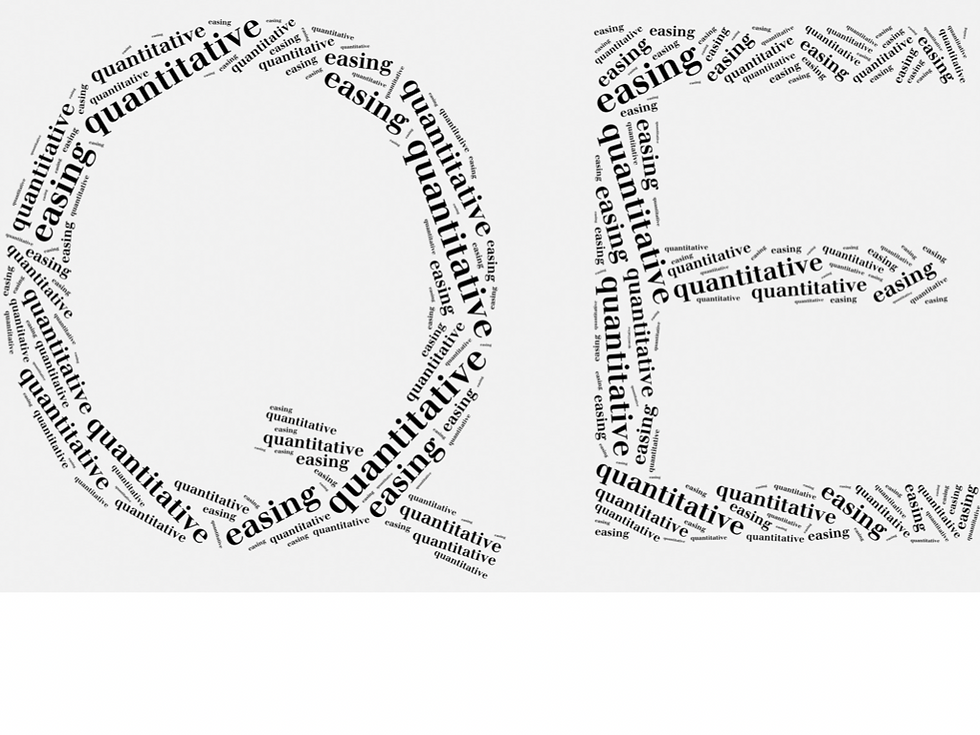
One of the key roles of a Central Bank is to limit the rate of economic inflation. For example the Central Bank in UK has a target to limit inflation to 2%. How do they do this? They increase and decrease bank interest rates.
When there are signs of a rise in inflation, it means there is more demand than supply of goods and services. This causes retailers, wholesaler and commodity owners to increase prices of goods and services to match scarcity.
This rise in price due to the scarcity of goods and services is what is called inflation. As previously stated, one of the key roles of a Central Bank is to control inflation.
If we use UK as an example again, once inflation rises above the UK limit of 2%, the Central Bank jumps into action and increases the bank interest rates. Why? By increasing bank interest rates, consumers are deterred from borrowing and are encouraged to save. This reduces the demand for goods and services, and consequently leads to the reduction in prices because there is no more scarcity. Rather there is a build up excess as consumers aren’t buying.

There is a catch though, the Central Bank has a limit to how much they can reduce bank interest rates before it becomes unsustainable. To mitigate this, Central Banks undertake Quantitative Easing as well as reducing bank interest rates.
So what is Quantitative Easing (QE)? QE is a monetary policy implemented by a Central Bank to inject money into the economy and expand economic activity. During QE the Central Bank creates digital money and uses it to procure a large amount of government debt in the form of bonds. This transaction causes the reduction in yield to maturity of bonds, consequently also leading to a reduction of interest rates. As a result of low yield to maturity rates and interest rates, people are encouraged to borrow more and spend more, thereby stimulating the economy.

The downside of QE is that it increases the risk of future inflation, devalues your local currency and negatively impacts foreign exchange rates. Increasing the supply of money in circulation, whether it is by creating digital money or printing physical cash, increases the likelihood of causing inflation. The Central Bank usually increases money in circulation to match demand and supply of goods/services.
When you create new money for stimulus purposes in an economy where demand for goods/services is low, and supply capacity is high, you end up devaluing your local currency. The consequence of a devalue currency is Inflation and reduction in foreign exchange rates. QE is still a very useful and effective monetary policy for stimulating demand and supply within an economy. Moreover, what's the worse that can happen? Take for instance, the impact that the COVID 19 pandemic had on businesses and households. People have lost their jobs and businesses have gone burst. Consequently, the government's tax revenue will be impacted severely, so we would expect a budget deficit in most countries. Consumers with no jobs or money are not going to start buying more or borrowing more if market interest rates are high. The only options are for the Central bank to implement monetary policies that will reduce bank interest rates or for the government to implement fiscal policies for tax relief and tax reduction.



